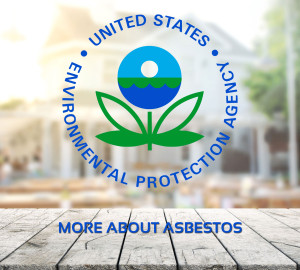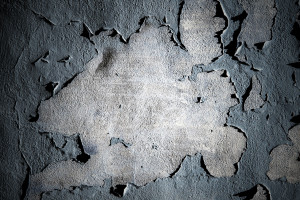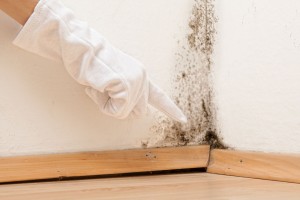
FAQ – Asbestos
- Is it dangerous to have asbestos containing material in my school?
- How can we have the air tested in our school?
- Does my school district know where the asbestos in its school buildings is located?
- Does this management plan have to be updated periodically?
- What is an asbestos management plan?
- Is the school district required to do anything about asbestos in its school buildings?
- My child’s school has asbestos in it. Why aren’t they taking it out?
- Was my school required to be inspected for asbestos?
- How do I find out if my child’s school has asbestos in it?
- Is there still asbestos in automobile brakes?
- Since asbestos was banned, do I need to be worried about products on the market today containing asbestos?
- I’m remodeling my home. Do I need to be concerned about asbestos in the building materials?
- Where can I find someone to test a material to see if it contains asbestos?
- How do I get certified as an asbestos professional?
- How do I know if I have asbestos in my home (in floor tile, ceiling tile, shingles, siding, etc.)?
- What are the health risks if I have asbestos in my home, building, apartment, or school?
- Where can I find someone to remove the asbestos in my home?
- My attic has vermiculite insulation in it. Am I at risk? Should I take it out?
- I am thinking about buying a house but it has vermiculite attic insulation in it. Should I have it removed before or after I buy the house?
- I use/used vermiculite to enhance my potting soil. Should I be concerned?
- To further reduce the risk associated with the occasional use of vermiculite products during gardening activities, EPA recommends that consumers:
- Although EPA does not endorse the use of any particular product, consumers may choose to use:
Have A Question?
Can’t find the answer to your specific question on any of our FAQ pages? Not a problem. Click the button below and send us an email. One of our experts will get back to you as soon as possible.
Need an answer right away?
Give us a call at the number below and a representative can assist you.



